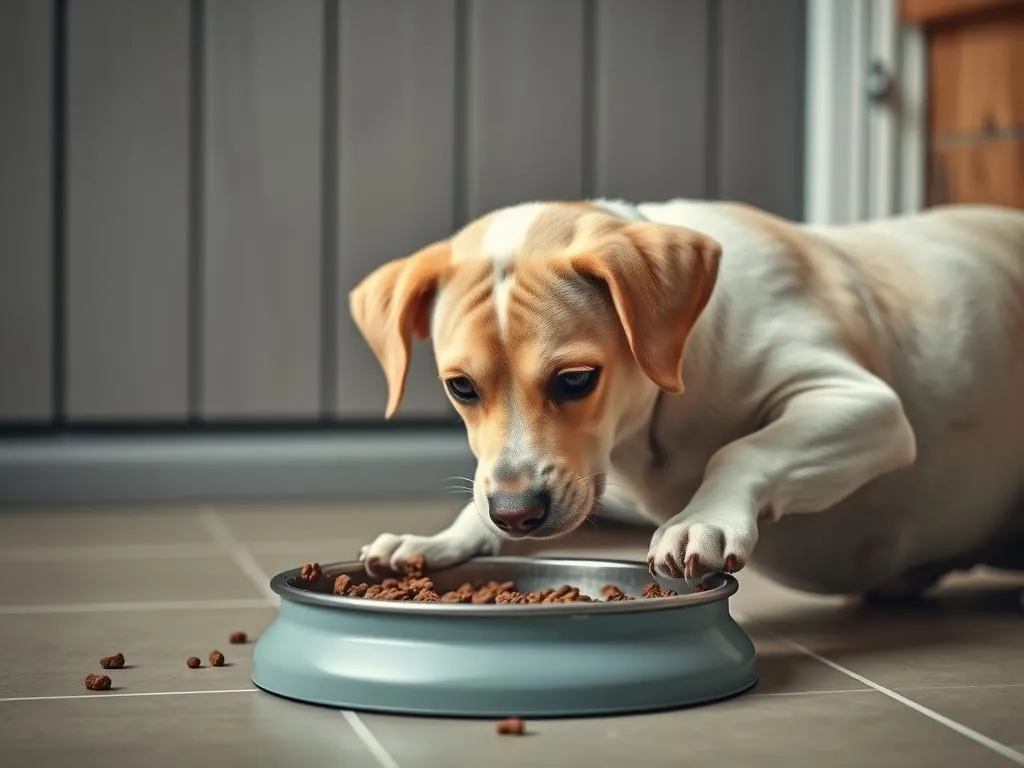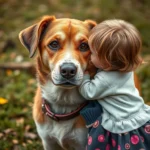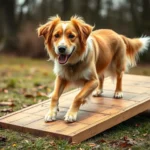
Introduction
Training your dog is an essential part of responsible pet ownership. Not only does it help your furry friend learn commands and good behavior, but it also strengthens the bond between you and your pet. One of the keys to effective training lies in establishing a structured dog feeding and potty schedule. These routines not only aid in behavioral consistency but also promote better health and well-being for your canine companion. In this article, we aim to provide you with a comprehensive guide to dog training, emphasizing the significance of feeding and potty schedules.
Understanding Dog Behavior
The Basics of Canine Behavior
Understanding dog behavior begins with recognizing their instincts and social nature. Dogs are pack animals, which means they thrive in structured environments where they know their place in the hierarchy. Observing your dog’s body language and communication cues can significantly enhance your training effectiveness. For instance, a wagging tail generally indicates happiness, while a tucked tail may suggest fear or submission.
The Role of Routine in Dog Behavior
Dogs are creatures of habit. A consistent routine provides security and comfort for them. When routines are in place, dogs are less likely to exhibit anxiety or behavioral issues. Conversely, inconsistency can lead to confusion and stress, making it harder for them to learn commands or potty training. Establishing a regular dog feeding and potty schedule can help mitigate these issues and promote a well-adjusted pet.
The Importance of a Feeding Schedule
Benefits of Scheduled Feeding
Creating a structured feeding schedule offers multiple benefits:
– Improved Digestion and Health: Regular feeding times help regulate digestion, leading to healthier bowel movements.
– Easier Management of Potty Training: A predictable feeding schedule often results in a more reliable potty routine, making training easier.
– Prevention of Overeating and Obesity: Scheduled feeding prevents free-feeding, reducing the likelihood of overeating and related health issues.
Establishing a Feeding Routine
To establish a successful feeding routine, consider the following:
– Recommended Feeding Times: Puppies typically require three to four meals a day, while adult dogs can thrive on two meals. Senior dogs may also benefit from two meals, adjusted for their lower energy levels.
– Portion Control: Always follow the guidelines provided by your veterinarian or dog food packaging to determine the right portion sizes based on your dog’s age, size, and activity level.
– Types of Dog Food: Decide between dry and wet dog food, or a combination of both, based on your dog’s preferences and nutritional needs.
Adjusting the Feeding Schedule as Needed
As your dog ages or their activity levels change, you may need to adjust their feeding schedule. Watch for signs that indicate a need for change, such as:
– Increased hunger or begging behavior
– Weight gain or loss
– Changes in energy levels
Transitioning to a new schedule should be gradual to avoid upsetting your dog’s digestion.
Creating an Effective Potty Schedule
Understanding Potty Training Basics
Dogs communicate their need to go outside through various signals, such as whining, barking, or pacing. Understanding these signs is crucial for effective potty training. Puppies, in particular, have small bladders and will need to go out frequently. As they grow, their bladder control will improve.
Establishing a Potty Routine
Establishing a consistent potty routine is vital. Here are some recommended potty breaks based on age and size:
– Puppies: Every 1-2 hours
– Adult Dogs: Every 4-6 hours
– Senior Dogs: May require more frequent breaks based on their health
Recognizing signs that your dog needs to go out can prevent accidents in the house. Look for behaviors like circling, sniffing, or suddenly stopping play.
Handling Accidents Gracefully
Accidents will happen, especially during the early stages of potty training. When they do, it’s important to remain calm. Here are steps to take:
– Immediate Cleanup: Use enzymatic cleaners to eliminate odors that may attract your dog back to the same spot.
– Reinforcement Training: Teach your dog to associate going outside with positive experiences, using treats and praise immediately after they do their business outdoors.
Integrating Feeding and Potty Schedules
Timing Potty Breaks After Feeding
Understanding the digestion process is essential for coordinating potty schedules with dog feeding times. After eating, dogs typically need to go out within 15 to 30 minutes. Timing potty breaks accordingly will help avoid indoor accidents.
Creating a Daily Schedule
Combining your dog’s feeding and potty breaks into a daily schedule can streamline the process. A sample daily schedule might look like this:
| Time | Activity |
|---|---|
| 7:00 AM | Breakfast and potty break |
| 10:00 AM | Potty break |
| 12:00 PM | Lunch and potty break |
| 3:00 PM | Potty break |
| 6:00 PM | Dinner and potty break |
| 9:00 PM | Last potty break before bed |
Adjust this schedule based on your dog’s individual needs and training progress.
Adapting the Schedule for Different Environments
Different environments may require adjustments to your routine. For instance, a busy household with multiple pets may necessitate more frequent potty breaks. If you travel, plan for consistent feeding and potty times as much as possible to maintain your dog’s routine.
Troubleshooting Common Issues
Problems with Feeding Schedules
If your dog refuses to eat on schedule, try these strategies:
– Check for Health Issues: Consult your veterinarian to rule out any underlying health concerns.
– Experiment with Food Types: Some dogs may prefer dry over wet food or vice versa.
– Consider Feeding Distractions: Ensure the feeding area is calm and free of distractions.
Potty Training Challenges
Regression in potty training can be frustrating. To combat this:
– Revisit Basic Training Methods: Sometimes, going back to basics with frequent potty breaks and rewards can help.
– Calm Anxious Dogs: If your dog displays anxiety, consider consulting a professional trainer or behaviorist.
Consulting with Professionals
If challenges persist, don’t hesitate to seek help. A professional dog trainer or veterinarian can provide guidance tailored to your dog’s specific needs.
Additional Training Tips
Positive Reinforcement Techniques
Utilizing reward-based training methods can significantly enhance your dog’s learning experience. This involves:
– Praise: Verbal encouragement can help reinforce good behavior.
– Treats: Use small, healthy treats to reward your dog immediately after they comply with commands or successfully go outside.
Socialization and Training
Socializing your dog is just as important as feeding and potty training. Introduce them to different environments, people, and other dogs to promote positive interactions. Group classes can be an excellent way for dogs to learn both social skills and obedience.
Ongoing Training and Reinforcement
Training should never stop after initial potty training. Regular reinforcement of commands and behaviors can keep your dog engaged and well-behaved. Incorporate new commands and tricks into your routine to keep their training fresh and exciting.
Conclusion
Establishing a structured dog feeding and potty schedule is critical for effective training. By understanding dog behavior, integrating routines, and addressing challenges, you can create a happy, well-adjusted companion. Remember, patience and consistency are key to successful training, and the long-term benefits of a well-trained dog are immeasurable.
As you embark on this journey, keep in mind that every dog is unique. Tailor your training approach to fit your dog’s individual needs, and enjoy the rewarding experience of watching your dog thrive.









